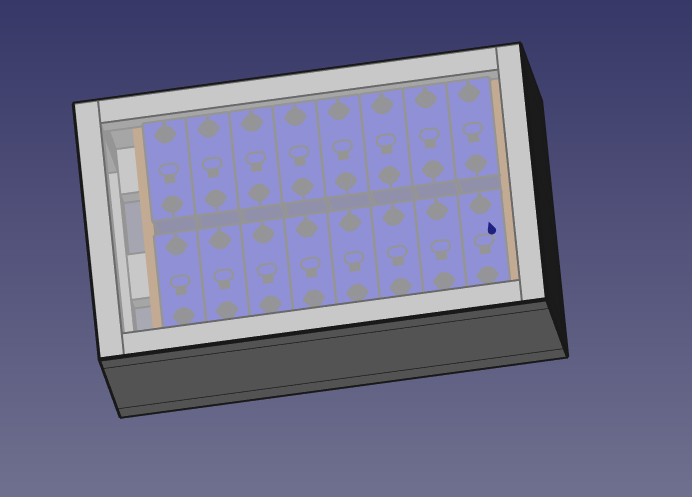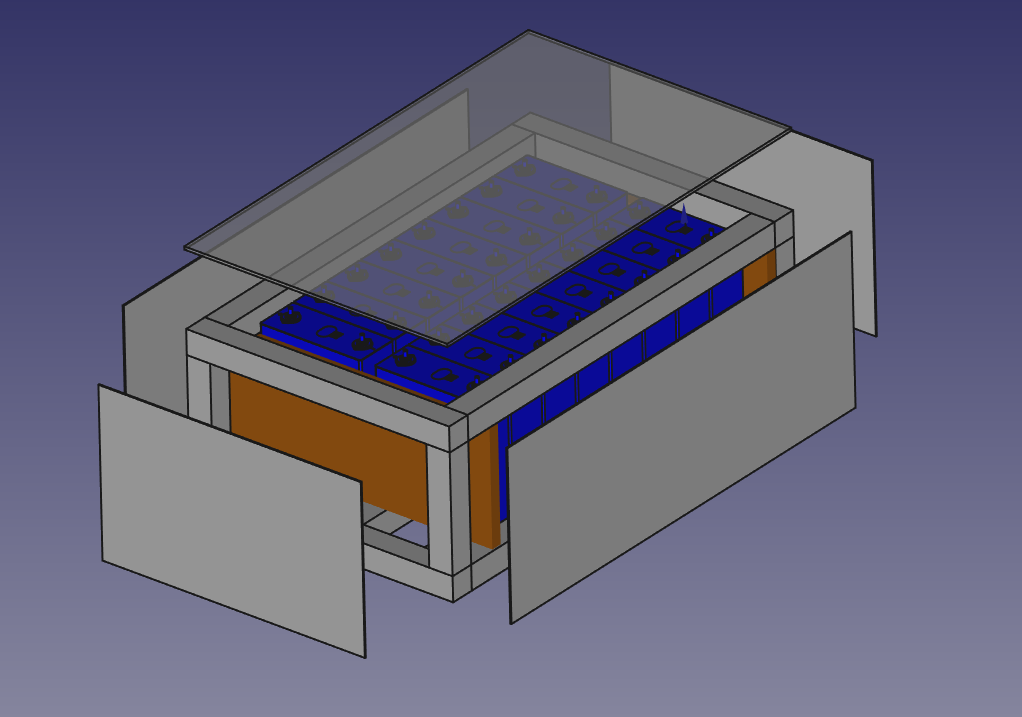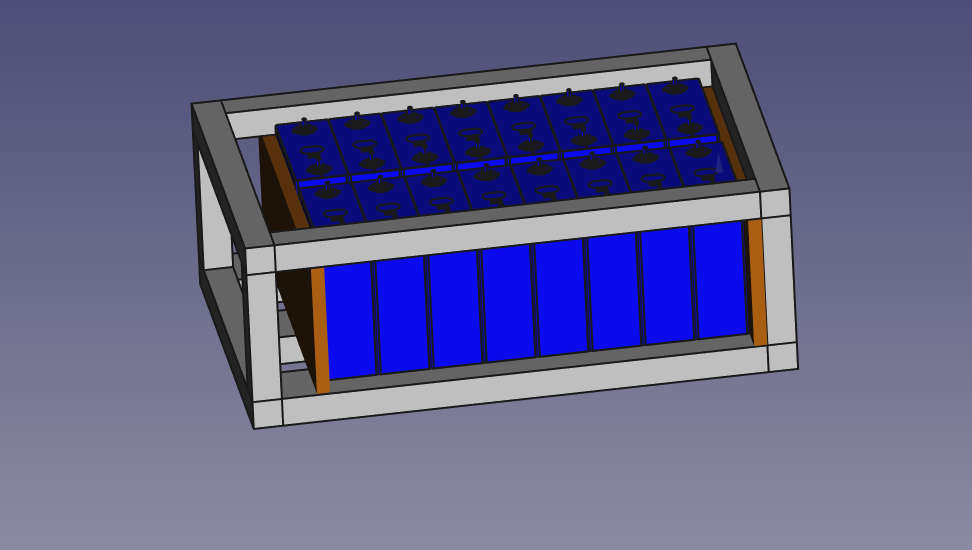In some of my videos I already explained that I´m developing a simple circuit to switch the inverters off and on based on the battery SoC and other circumstances. Today I finalized the drawings and want to share those with all other Growatt owners out there. Please use my drawings only if you are firm with electric works. I also give no warranty that this works out for you all as the firmware and hardware status of the inverters changed a lot and with that the inverters behave different in special situations. I also want to warn you that this drawing is more or less a draft and need to be specified based on our local guidelines and regulations and of course of a specialized electrician. There high likely need to be changes/customizations implemented in your case! But it´s a great start for you without getting your brain in smoke to get the right functionality…
This document was fully created by myself and you can use it for private/personal use. In case you are a company and you want to use this circuit for commercial use I highly recommend to reach out to me in advance to prevent copyright issues. Thanks for your understanding.




